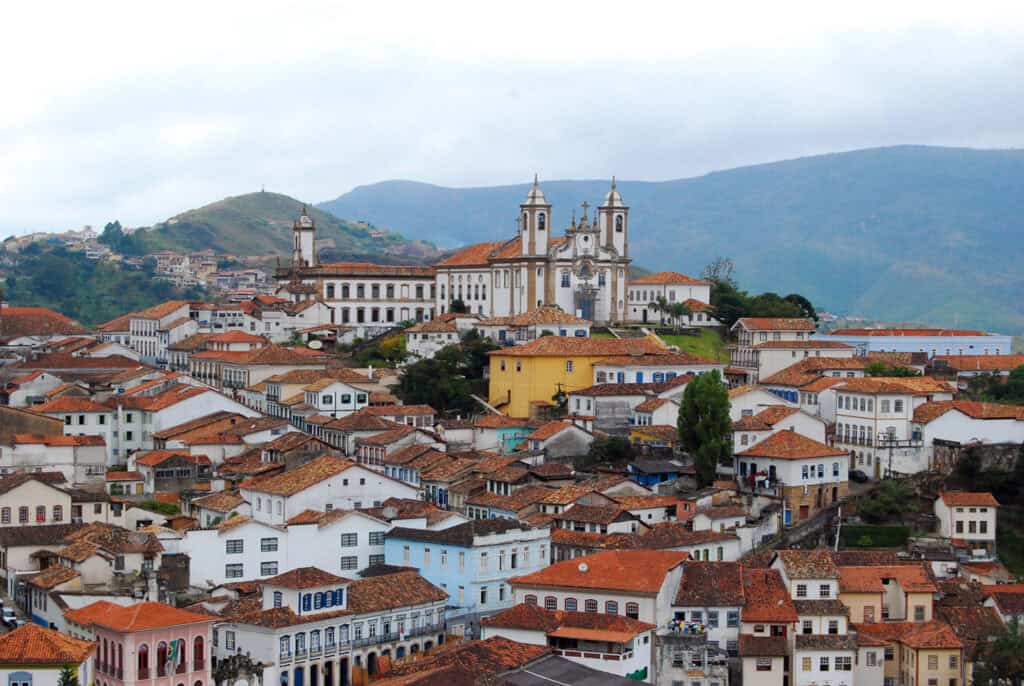
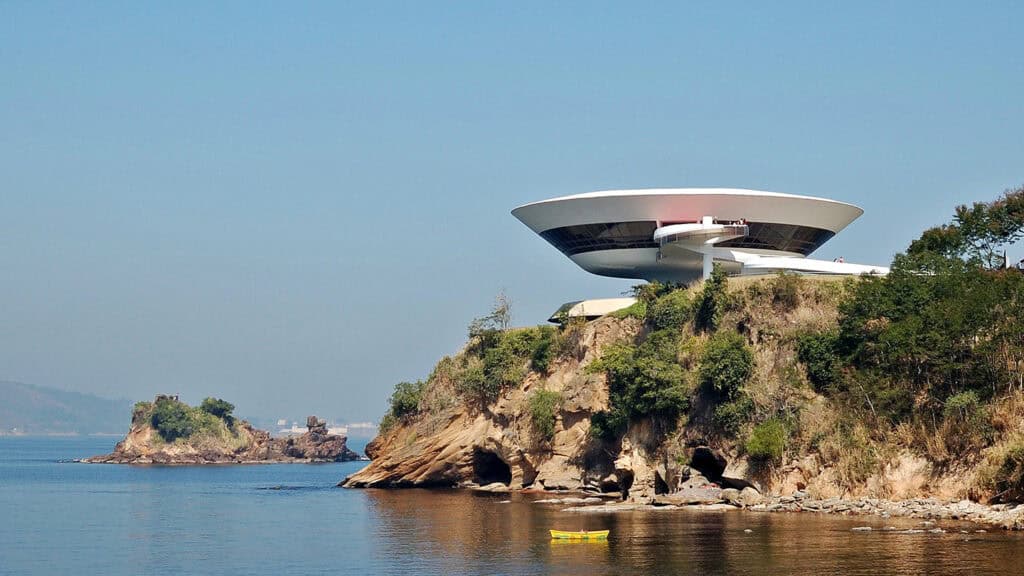
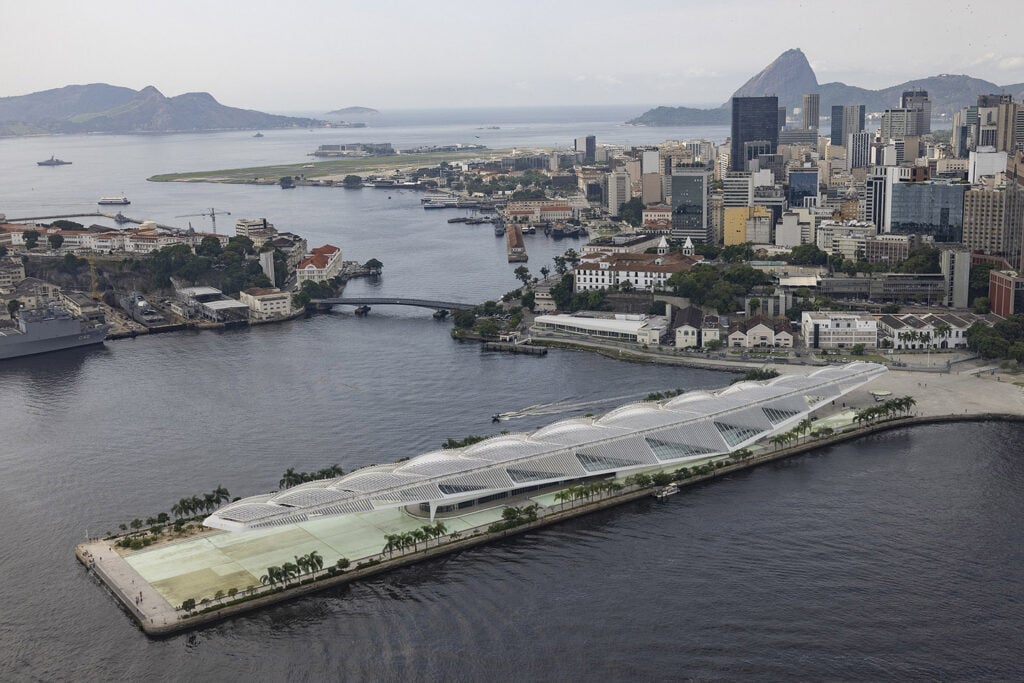
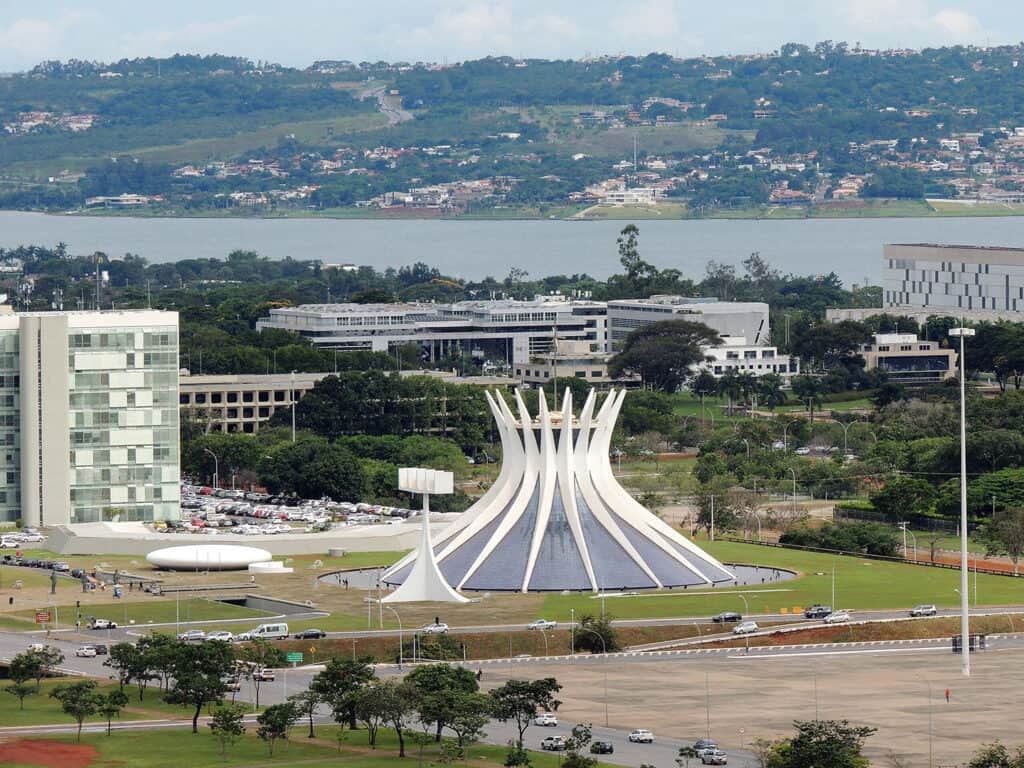
Are you eager to explore a world where rich history meets modern innovation in architectural design? As an architecture enthusiast or professional, you deserve insights that not only educate but also inspire. The journey through Brazil’s architectural wonders is both captivating and enlightening, and you’re not alone in your quest for discovery.
At Landmarks Architects, we understand the thrill of uncovering unique and breathtaking structures. With years of experience in showcasing global architectural marvels, we’re here to guide you through Brazil’s most iconic buildings, from colonial gems to contemporary masterpieces.
In this article, we will:
- Explore the colonial architecture and its historical significance
- Discover the modernist movement and its impact on Brazilian design
- Appreciate the legacy of Oscar Niemeyer
- Investigate contemporary architectural marvels
- Unveil unique and iconic structures that define Brazil’s landscape
Ready to start a journey through time and innovation? Continue reading to discover how you can experience the architectural heritage and modern wonders of Brazil.
By following our expert insights, you’ll be well on your way to appreciating the stunning and diverse architecture that makes Brazil a must-visit destination for any architecture lover.
See Also Famous Buildings in Brazil
Colonial Architecture
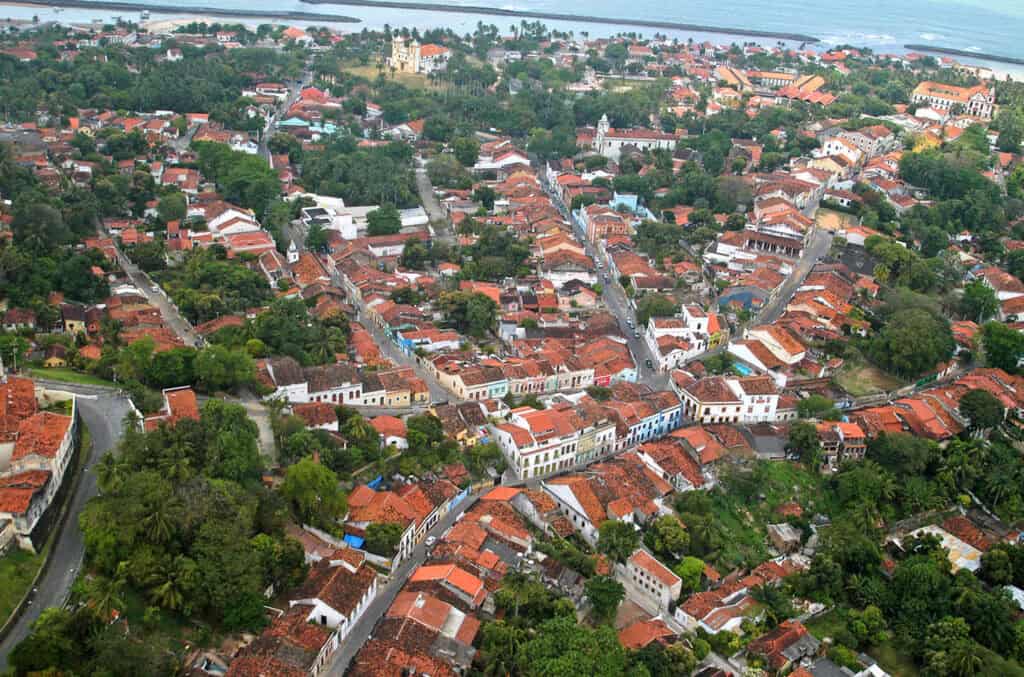
Brazil’s colonial architecture began in the 16th century with the arrival of Portuguese settlers. The most famous examples of colonial architecture in Brazil are the São Francisco Church and the Olinda Historic Center.
1. São Francisco Church (Igreja de São Francisco)
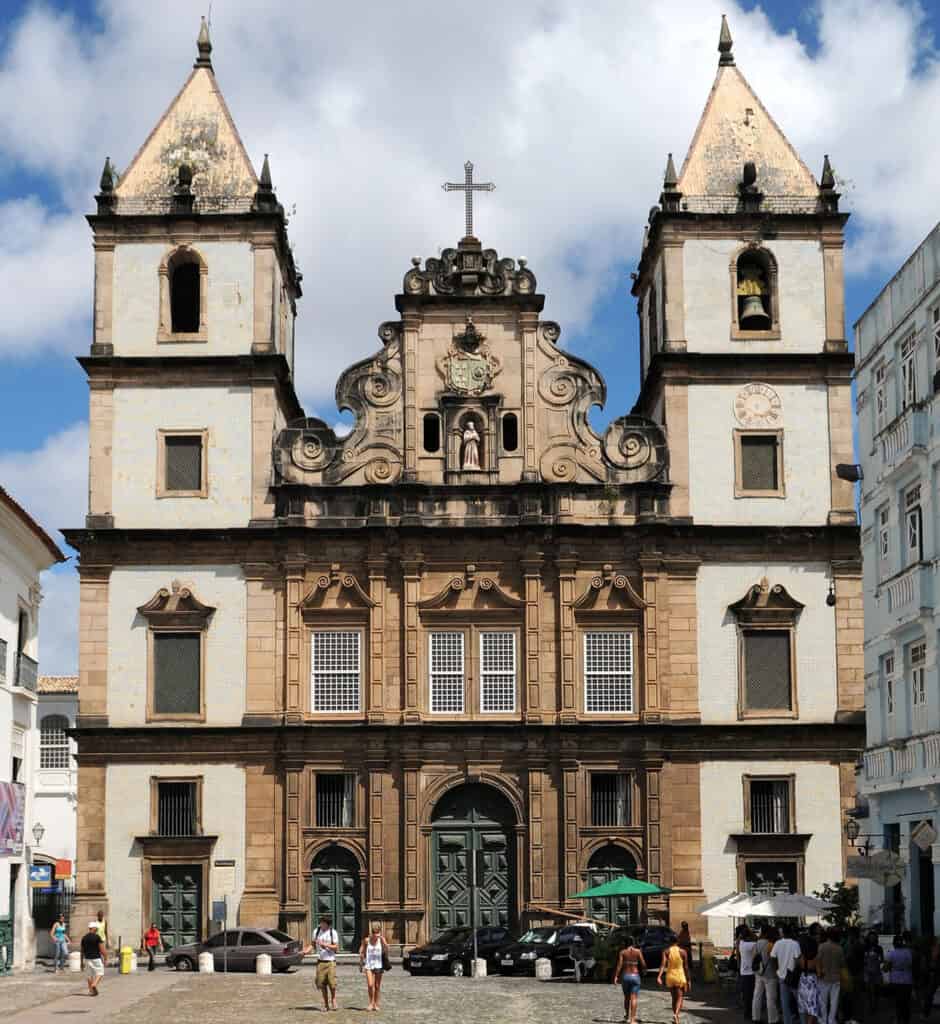
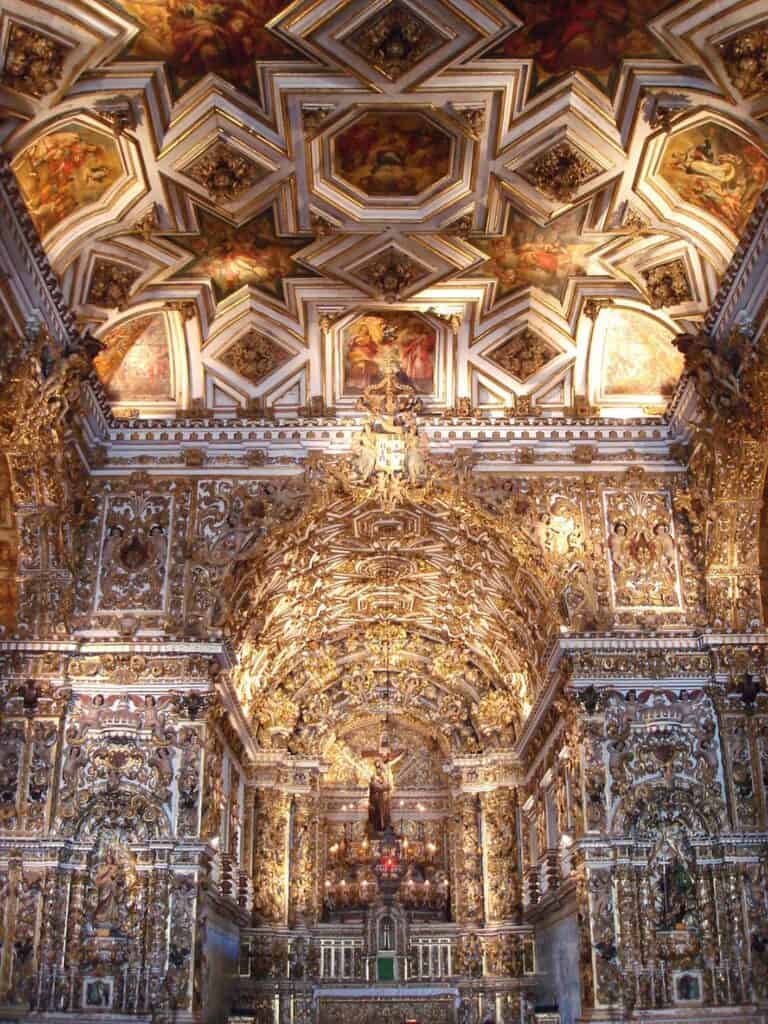
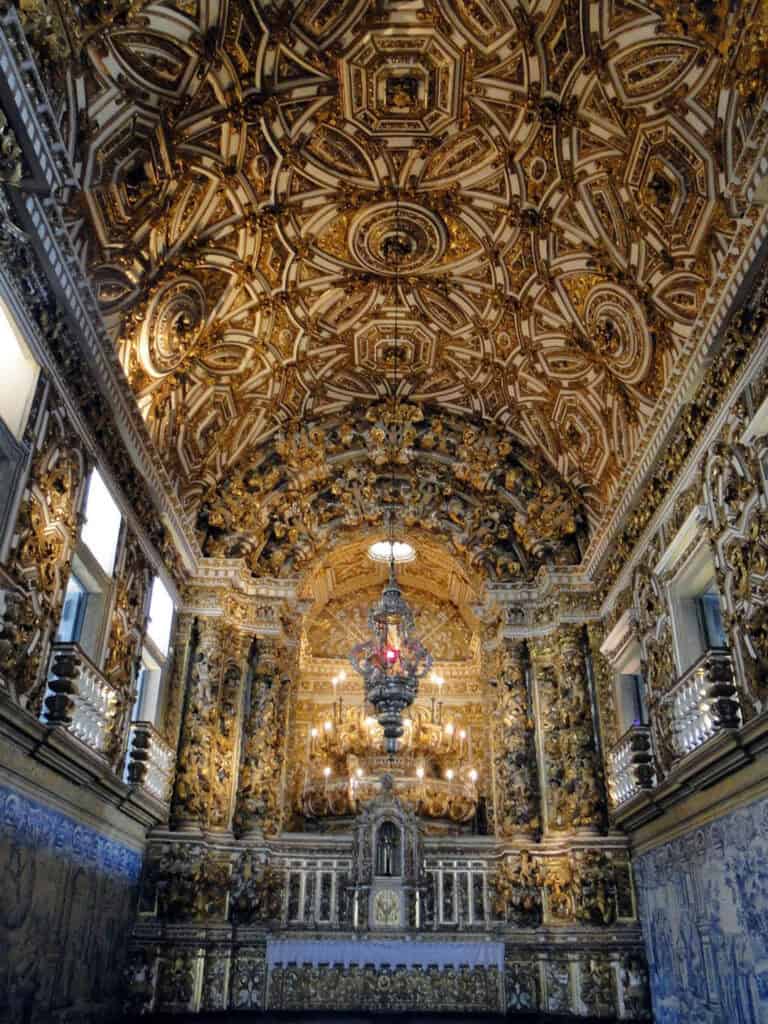
Located in Salvador, Bahia, the São Francisco Church is a prime example of Baroque architecture in Brazil. The church was constructed in the early 18th century and exemplifies Portuguese colonial architecture. The church features a richly decorated interior with gilded woodwork and stained glass.
2. Olinda Historic Center
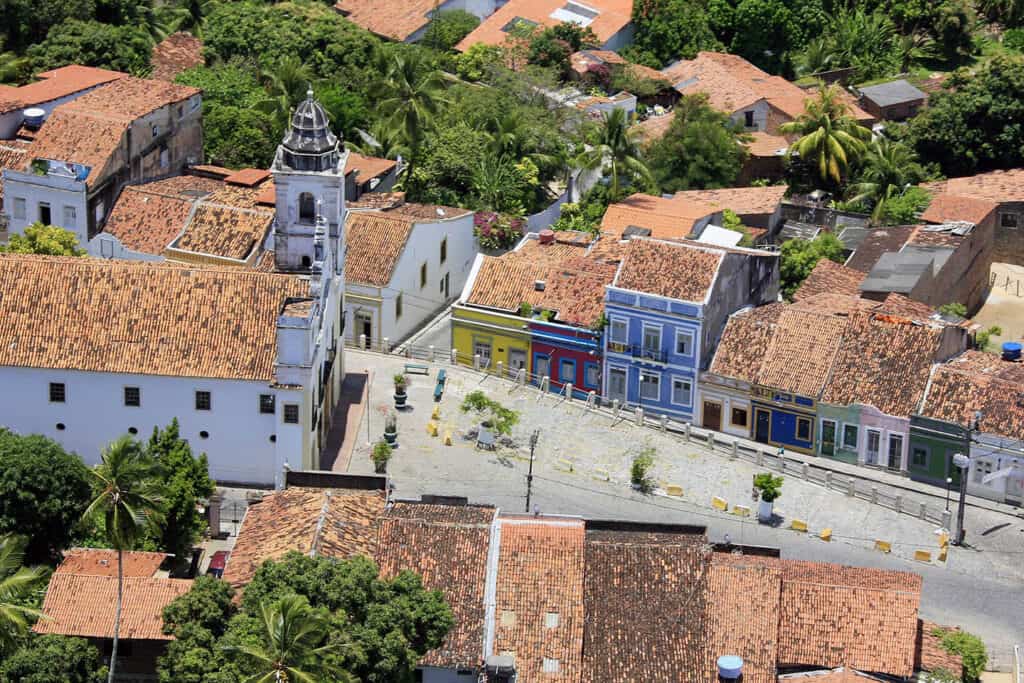
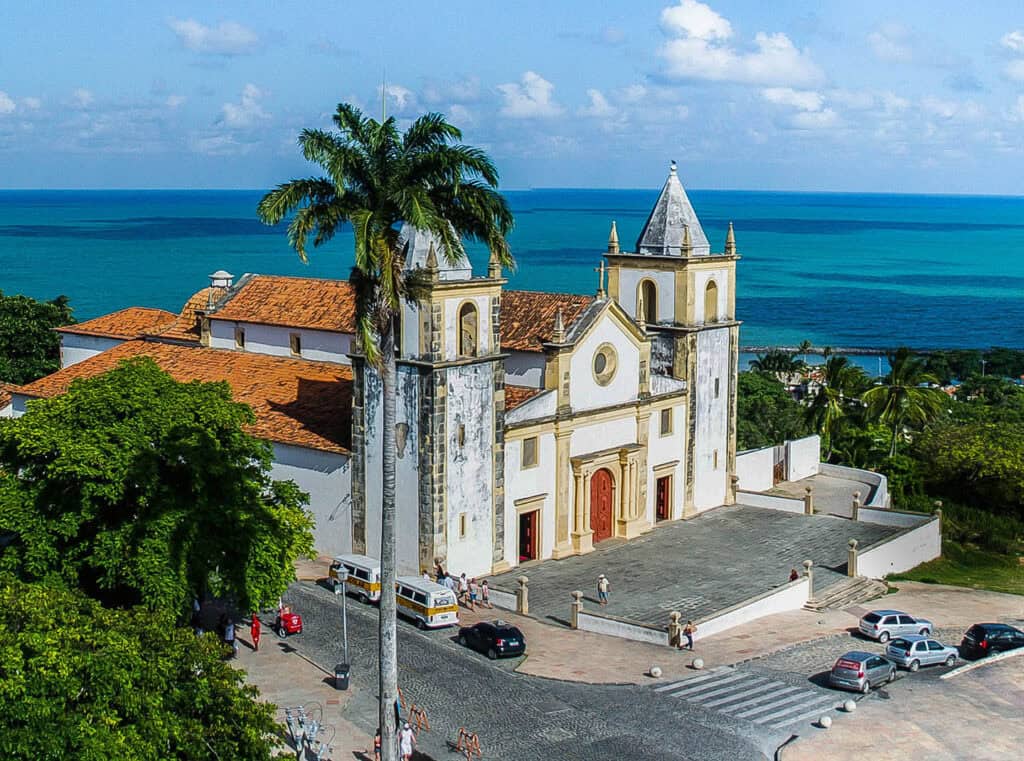
The Olinda Historic Center is a UNESCO World Heritage Site and is home to well-preserved houses and secular buildings from the colonial period. The historic center features a mix of Baroque and Renaissance styles and is a testament to the cultural heritage of Brazil.
Modernist Movement in Brazil
Modernist architecture in Brazil was a response to the country’s rapid modernization and urbanization in the 20th century. The movement emerged as a way to break free from European styles and create a unique Brazilian architectural style. It was characterized by the use of reinforced concrete, clean lines, and sensual curves.
3. Ministry of Education and Health Building
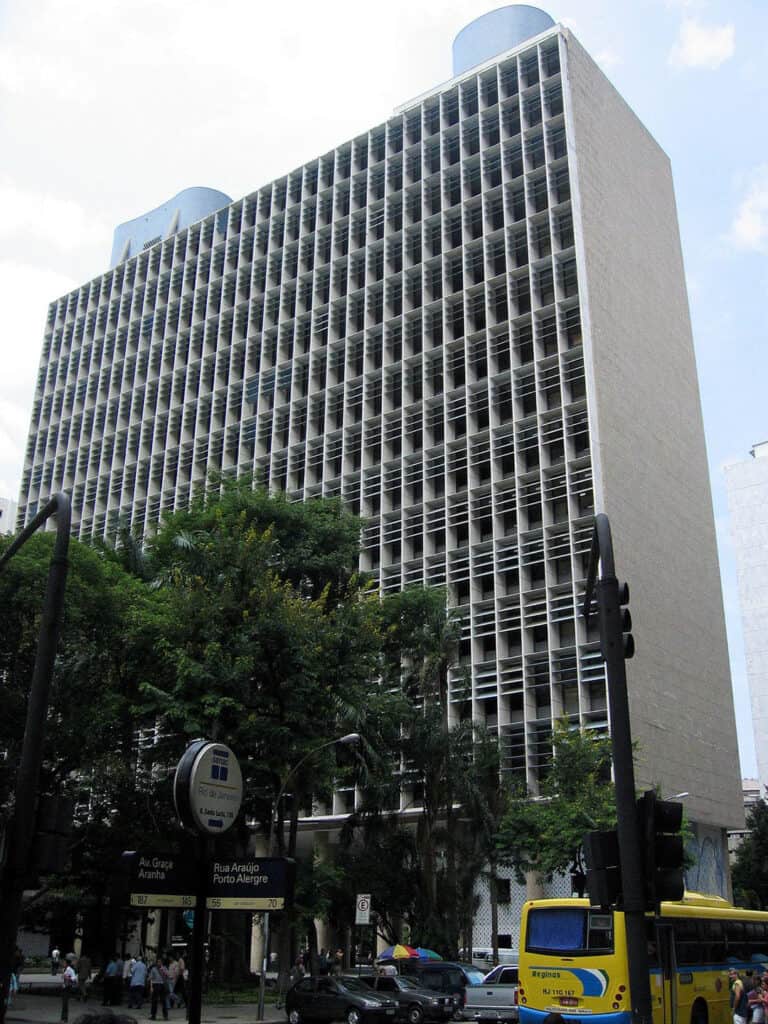
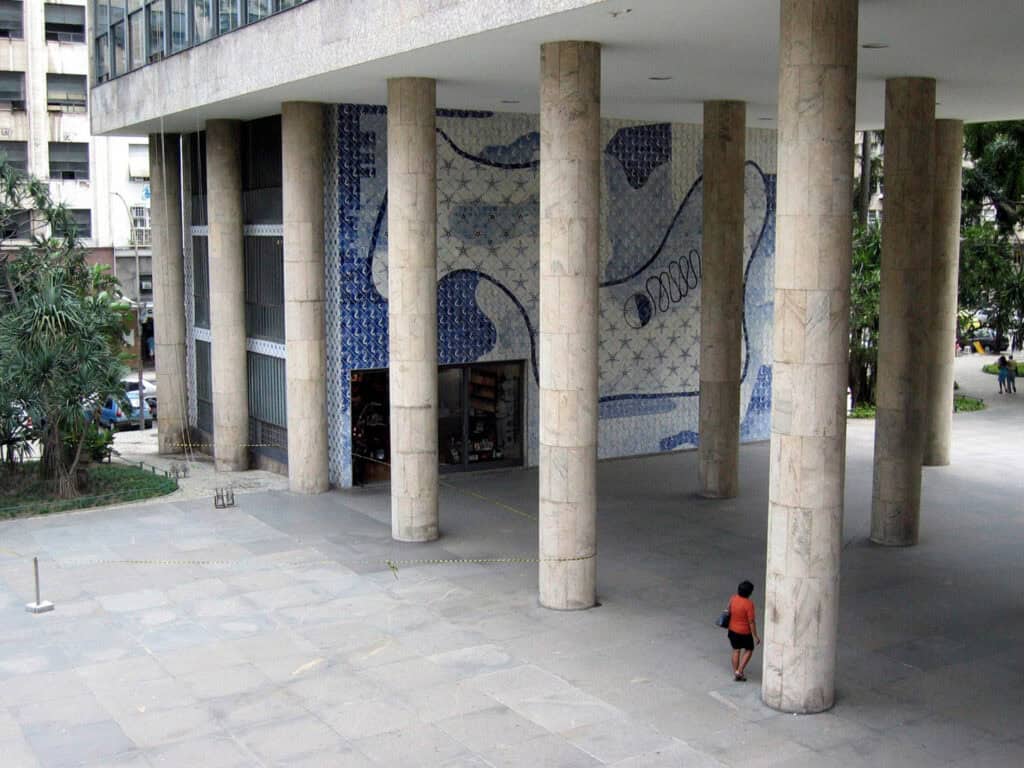
The Ministry of Education and Health Building (now known as the ) in Rio de Janeiro is indeed one of the most iconic buildings of the modernist movement in Brazil. The design team included Lucio Costa and Oscar Niemeyer, among others, and had the Swiss-born French architect Le Corbusier as a consultant. The building was completed in 1943 and is considered a masterpiece of modern Brazilian architecture.
Ministry of Health & Education by Lucio Costa
4. São Paulo Museum of Art (MASP)
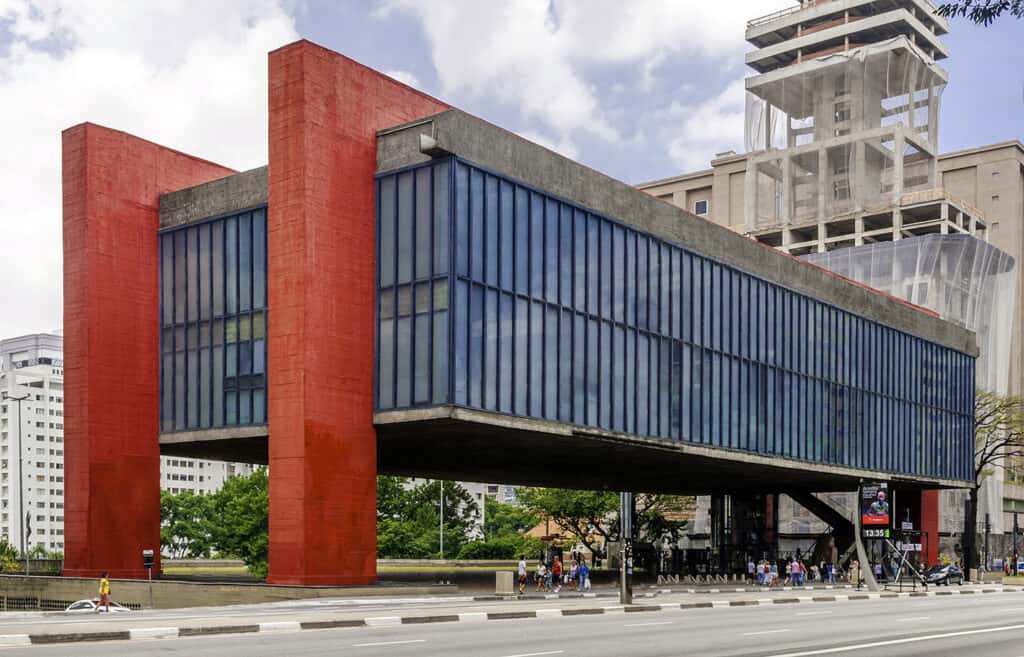
Another iconic building of the modernist movement in Brazil is the São Paulo Museum of Art (MASP). Designed by Lina Bo Bardi, an Italian architect who settled in Brazil, the MASP is a cultural center that houses a vast collection of contemporary art. The building’s design features a well-known suspended structure that creates a large public space beneath the museum.
Oscar Niemeyer’s Legacy
Oscar Niemeyer is one of the most famous Brazilian architects, known for his contribution to modern architecture. He designed numerous buildings, including sacred and secular buildings, contemporary art museums, and civic buildings. Some of his most iconic buildings include the Brasília Cathedral and the Niterói Contemporary Art Museum (MAC Niterói).
5. Brasília Cathedral
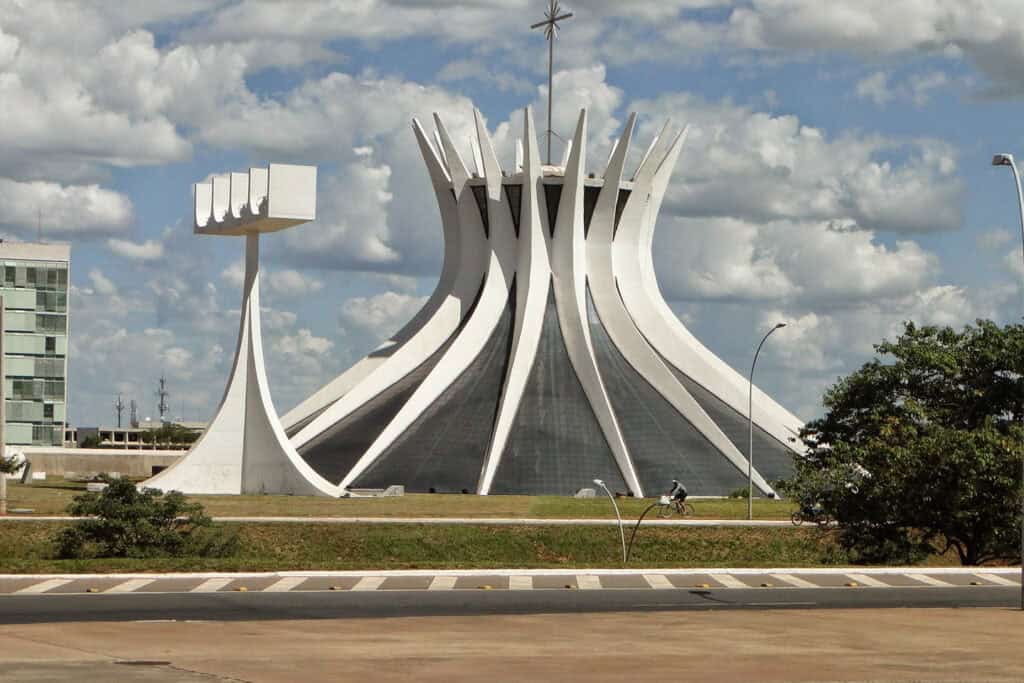
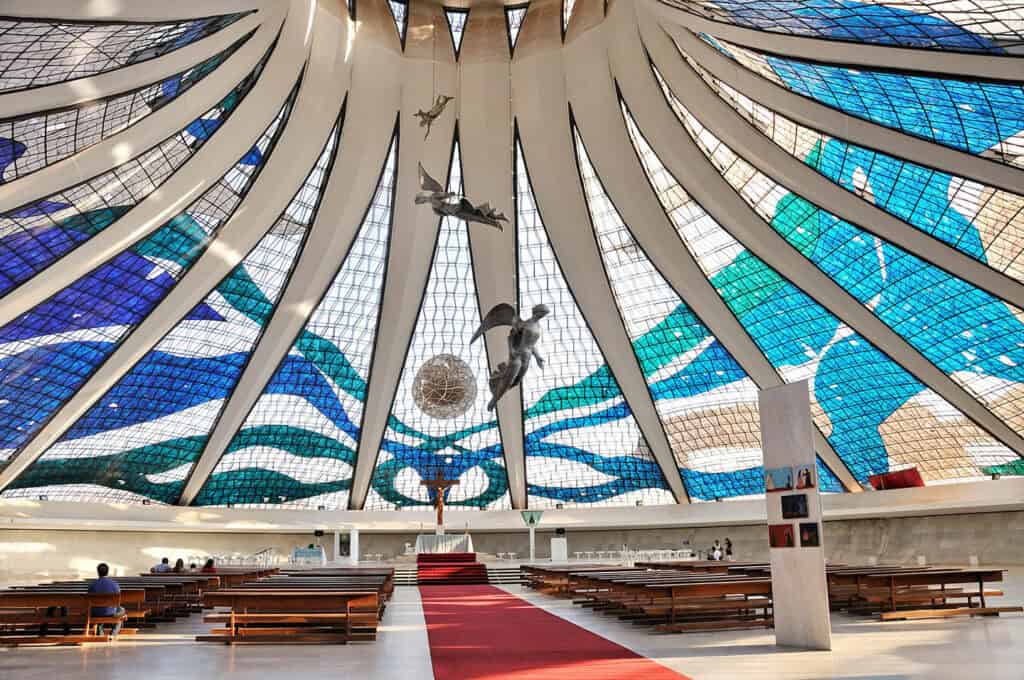
The Brasília Cathedral is one of Niemeyer’s most famous works. Completed in 1970, it is a stunning example of modernist architecture. The cathedral’s structure is made of concrete and stained glass, and its unique shape and sensual curves make it an architectural masterpiece.
6. Niterói Contemporary Art Museum (MAC Niterói)
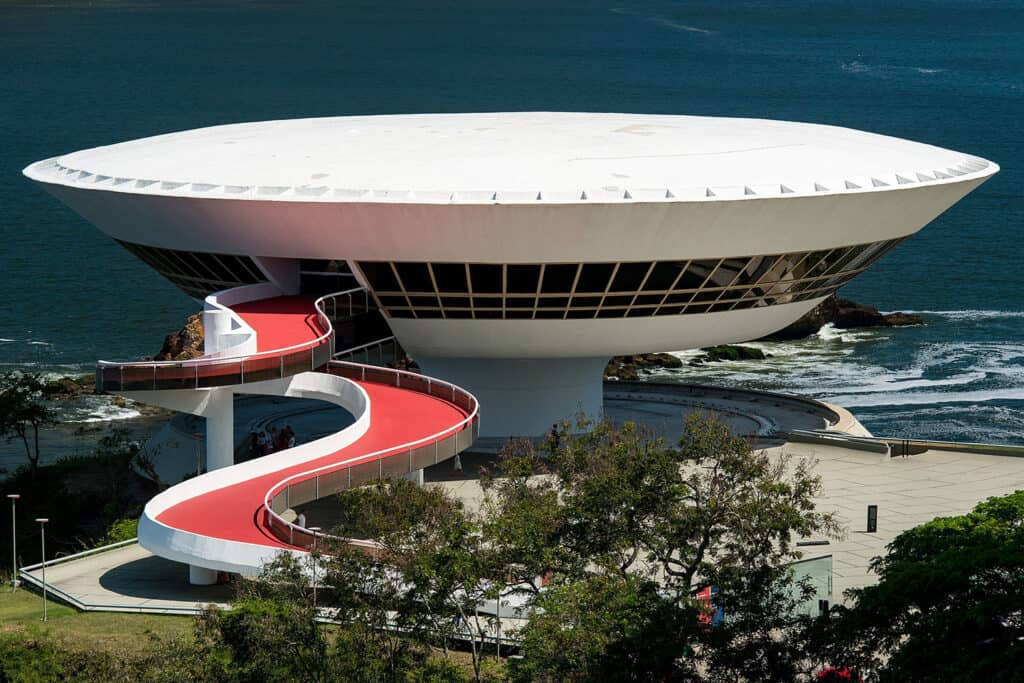
Another iconic building designed by Niemeyer is the Niterói Contemporary Art Museum (MAC Niterói). Completed in 1996, the museum is located in Rio de Janeiro and is known for its unique design. The building is shaped like a flying saucer and overlooks Guanabara Bay.
Contemporary Architectural Marvels

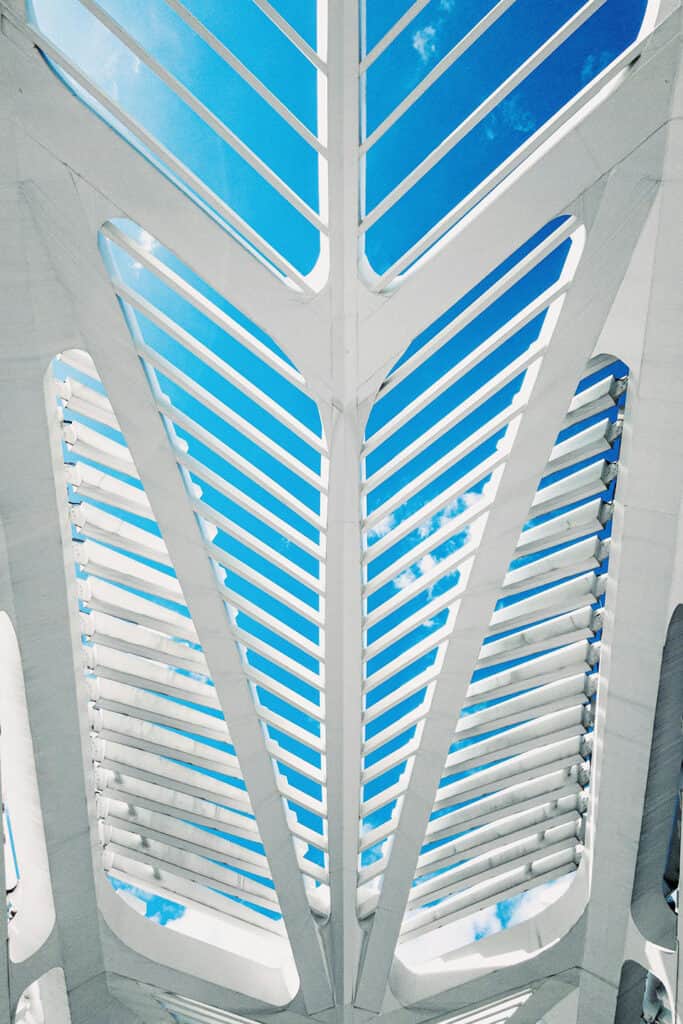
7. Museum of Tomorrow
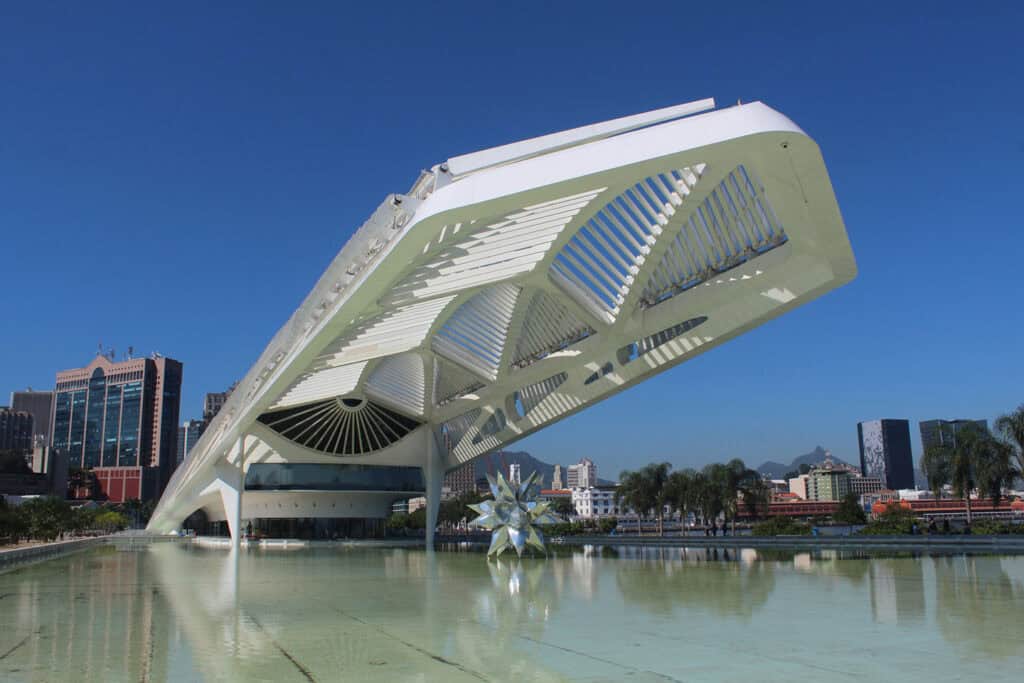
The Museum of Tomorrow (Museu do Amanhã), located in Rio de Janeiro, is a contemporary architectural marvel that explores the possibilities of science and technology in shaping the future. Designed by Spanish architect Santiago Calatrava, the building’s design is inspired by the bromeliads found in Rio’s botanical gardens. The museum features interactive exhibits on climate change, sustainability, and the future of humanity.
8. Petrobras Headquarters
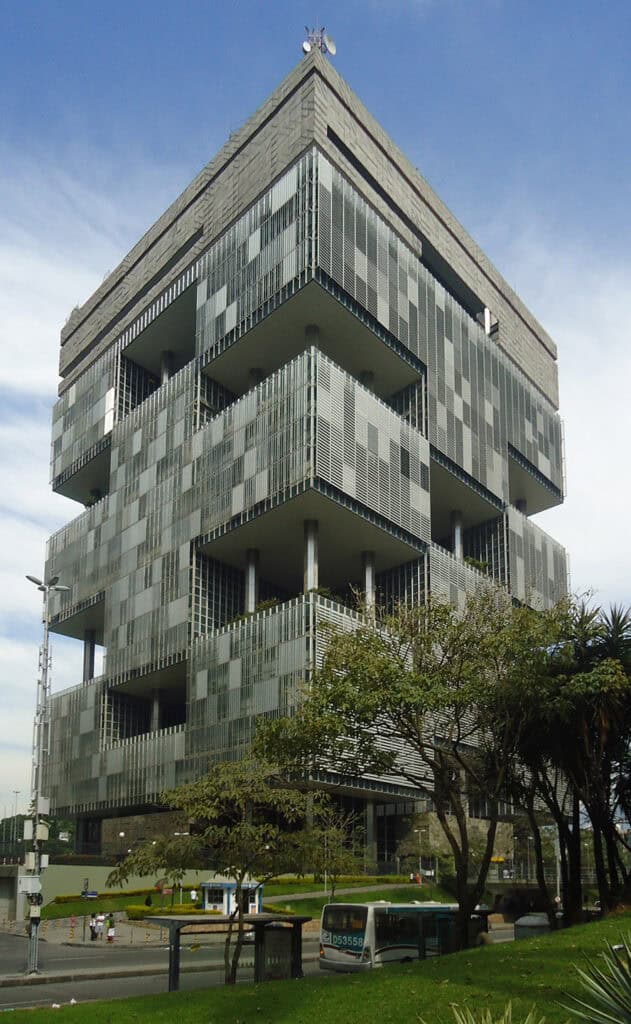
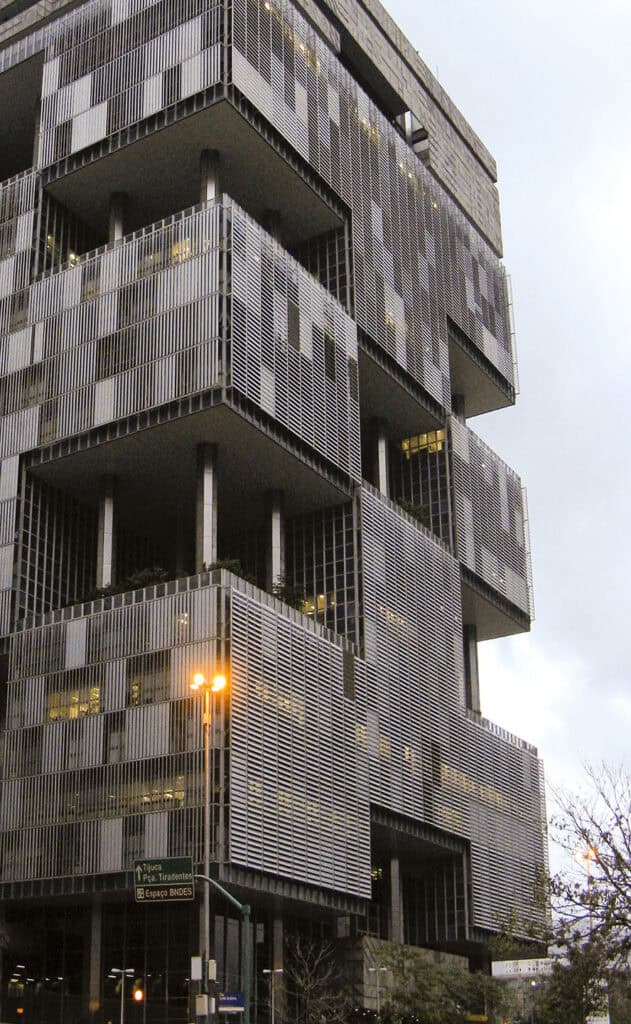
The Petrobras Headquarters, located in Rio de Janeiro, is a striking example of contemporary Brazilian architecture. Designed by Roberto Luís Gandolfi. The building is a towering glass structure that reflects the surrounding landscape. The headquarters of Brazil’s state-run oil company, Petrobras, the building features innovative design elements such as a central atrium and a series of suspended walkways.
See Also Famous Buildings in Colombia
Regional Diversity in Architecture
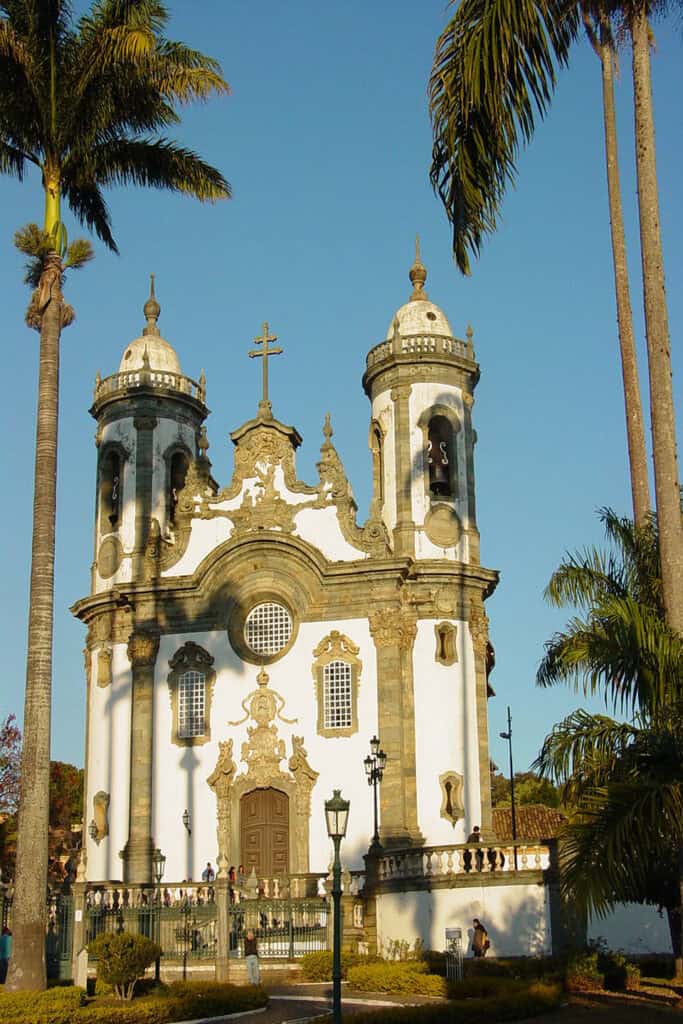
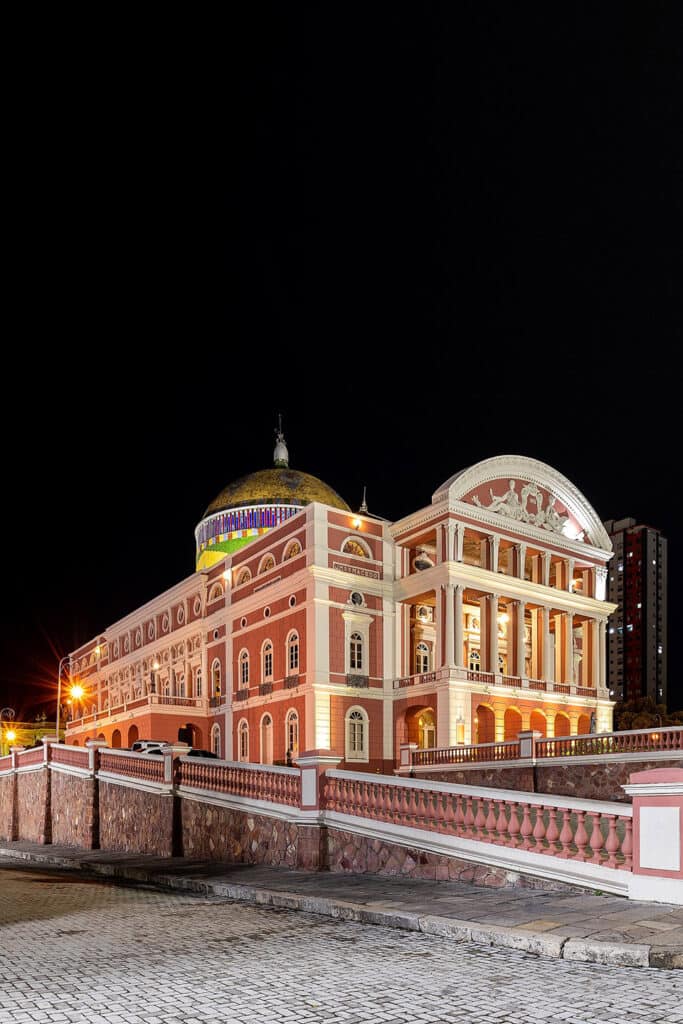
Brazilian architecture is known for its rich blend of cultural influences and environmental adaptations. As a result, the country boasts a diverse range of architectural styles, reflecting its history, environment, and unique cultural tapestry.
9. Amazon Theatre (Teatro Amazonas)
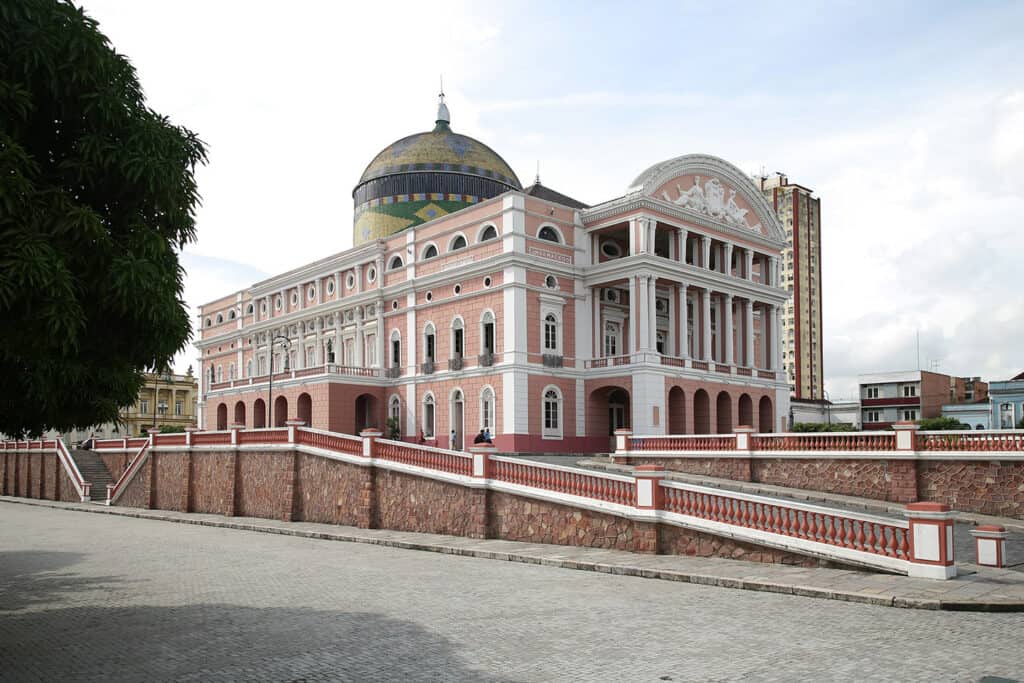
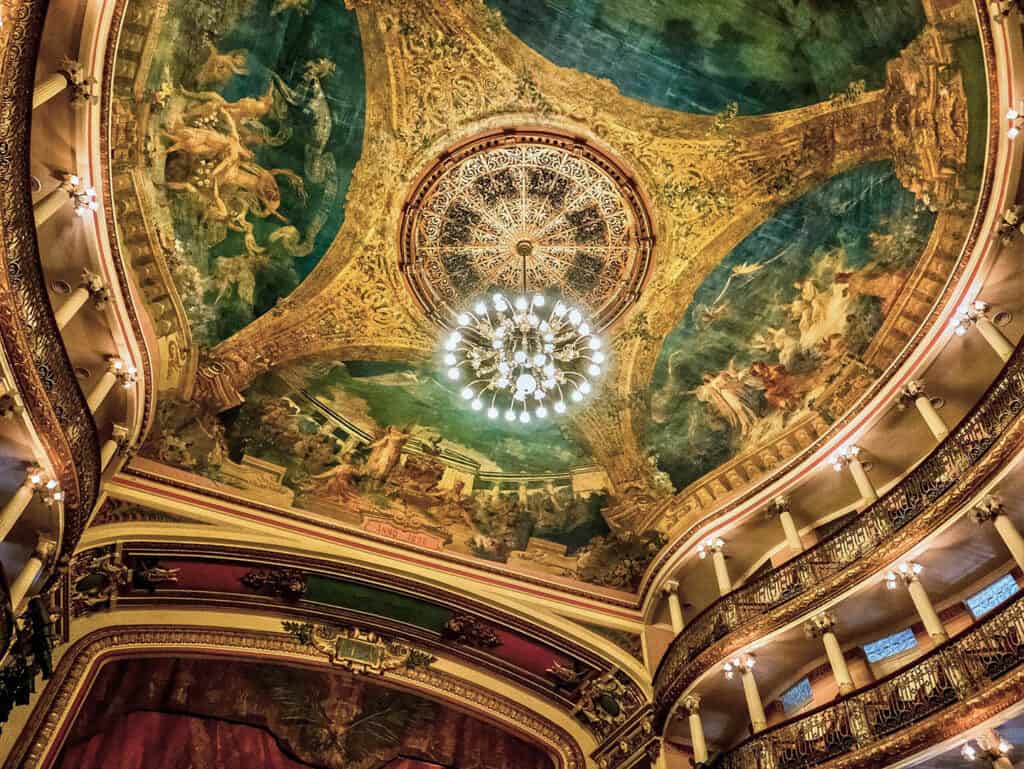
The Amazon Theatre (Teatro Amazonas), located in Manaus, Brazil, is an exemplary representation of the Renaissance Revival (or Eclectic) style popular during the late 19th century. Completed in 1896 during the region’s rubber boom, it boasts lavish interiors adorned with materials imported from around the world, including Italian marble, French glass, and English cast iron. This architectural grandeur reflects the wealth and cosmopolitan aspirations of the era.
Designated as a UNESCO World Heritage site, the Amazon Theatre continues to serve as a prominent cultural center in Manaus, hosting concerts, opera performances, and a variety of cultural events to this day.
10. Igreja de São Francisco de Assis
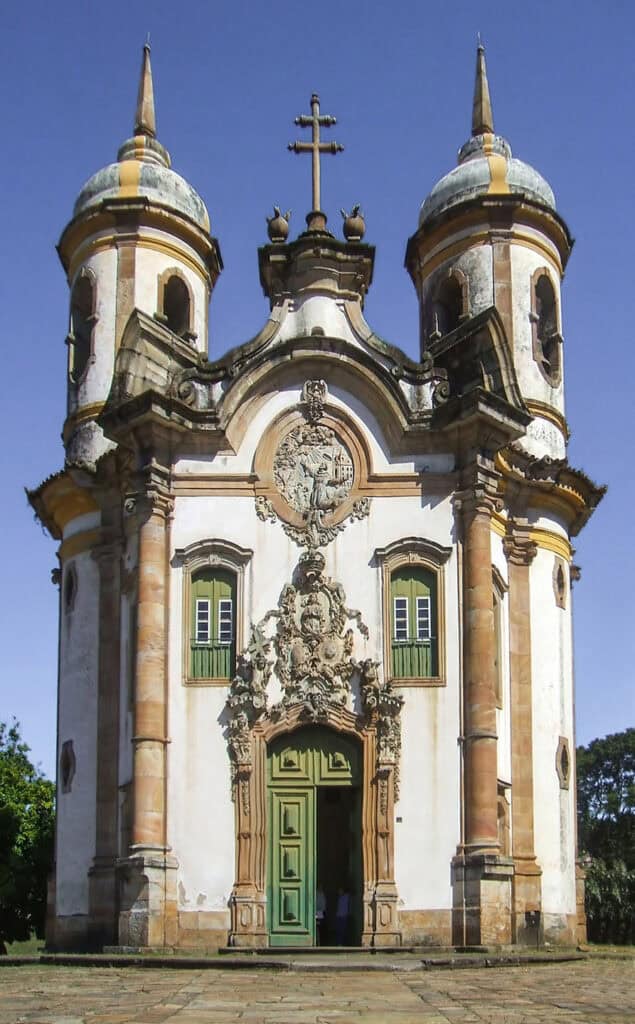
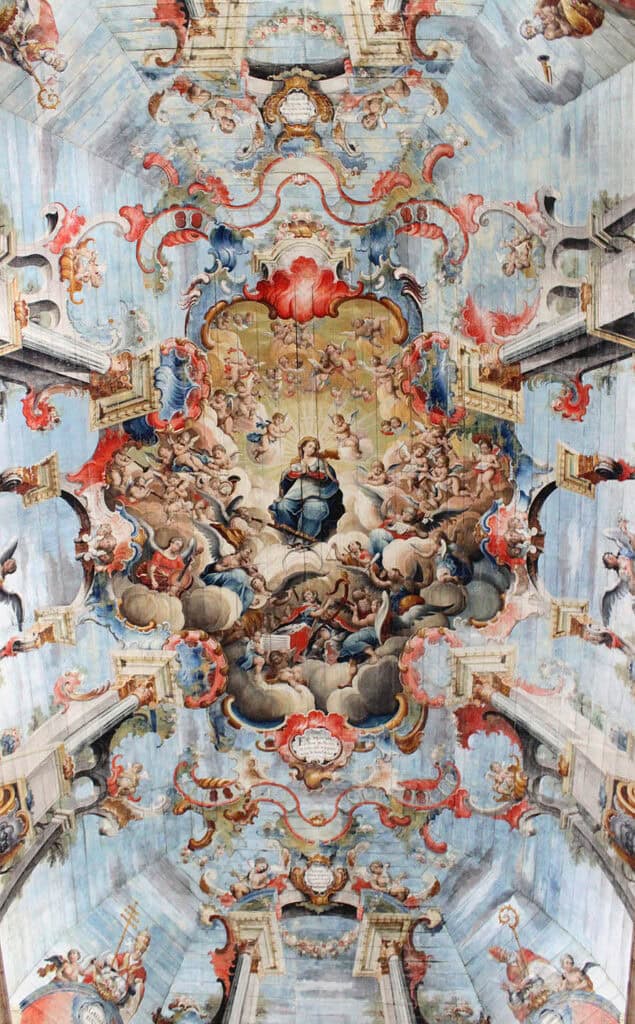
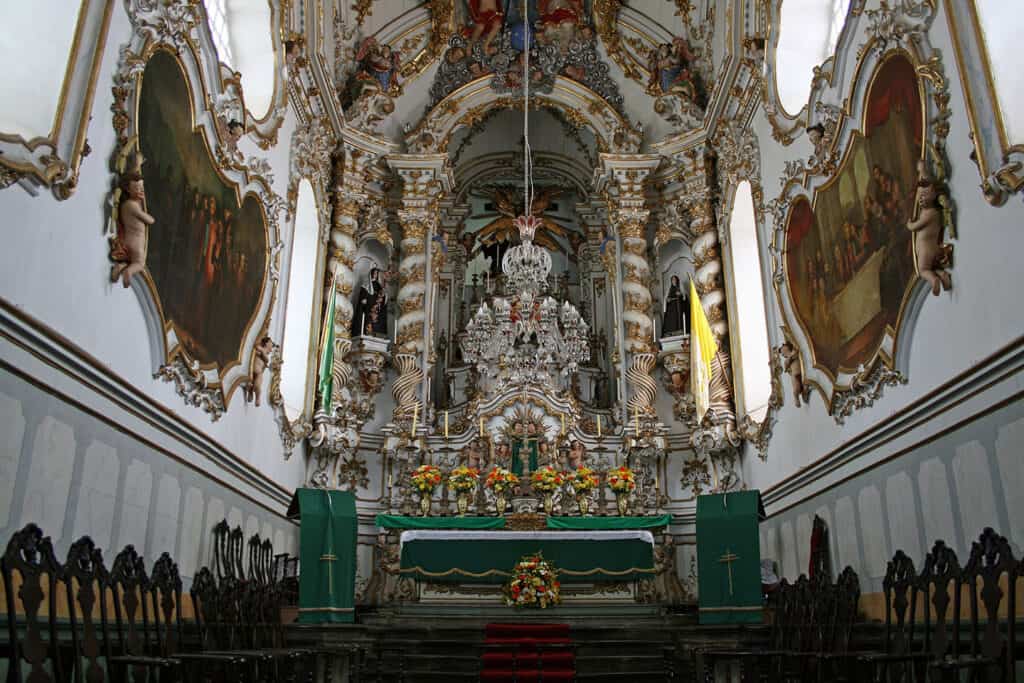
The Igreja de São Francisco de Assis in Ouro Preto is an example of the Baroque style, with Rococo decorative elements prevalent in the region. Built in the 18th century, it features a highly ornate interior with sculpted woodwork, gold leaf, and painted panels. The church is a testament to the artistic heritage of Brazil and is well-preserved to this day.
See Also Famous Buildings in Spain
Sustainable Architecture

Brazil is known for its innovative and sustainable architecture, which has earned worldwide recognition. The country has produced many famous architects, including Oscar Niemeyer and Paulo Mendes da Rocha, who have designed buildings that are both visually stunning and environmentally friendly.
11. Rio Olympic Park
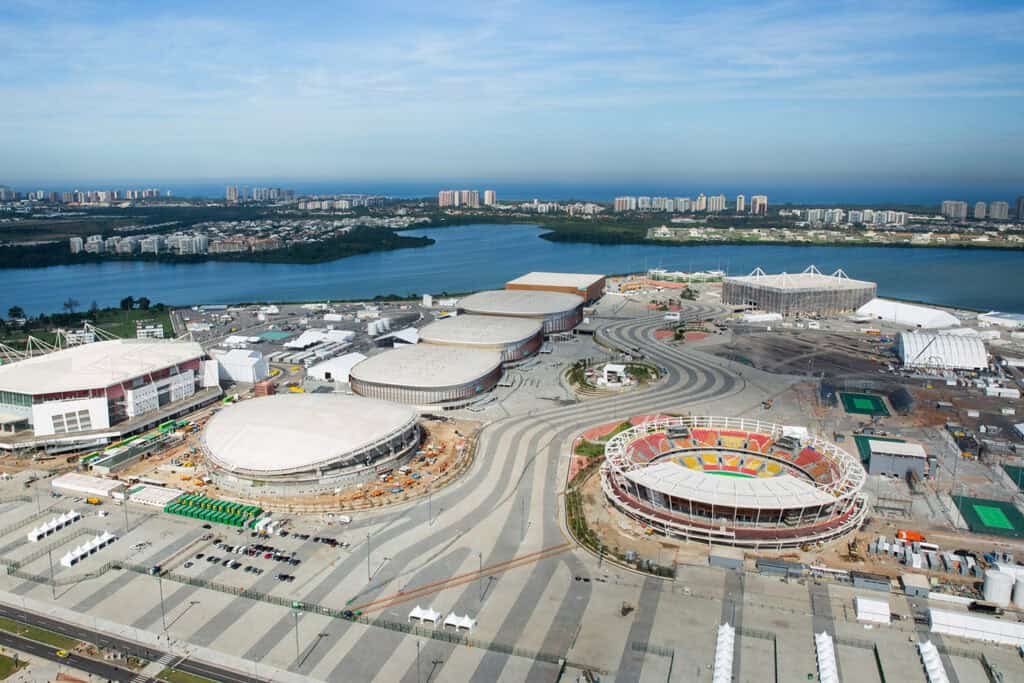
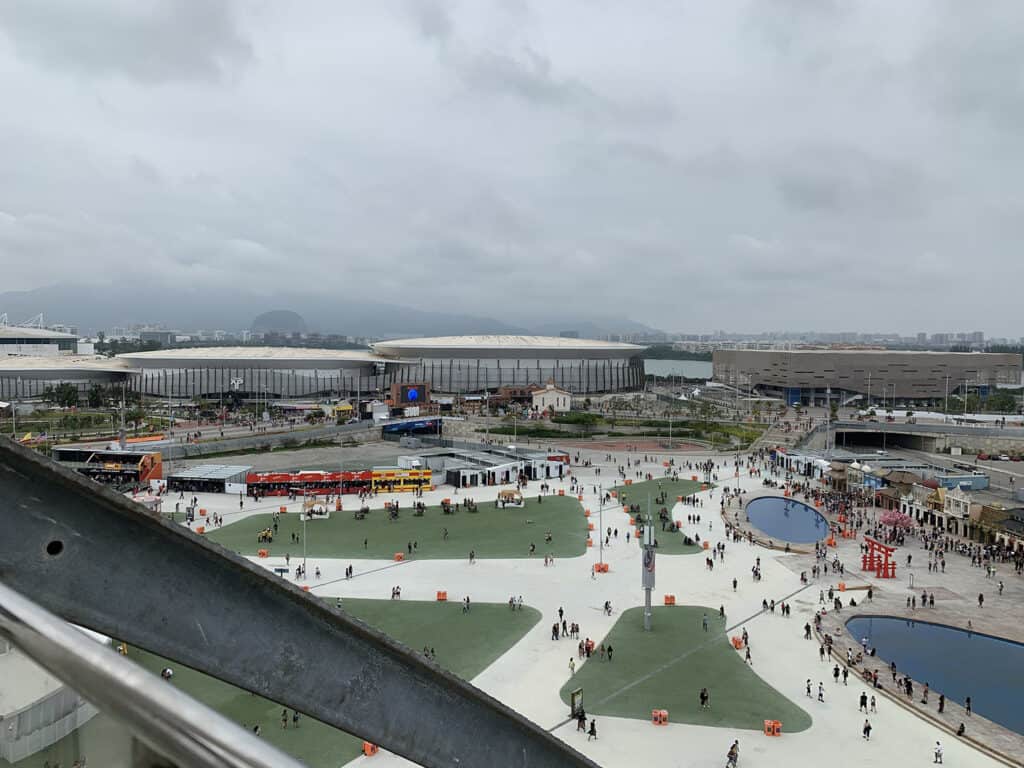
One of the most notable examples of sustainable architecture in Brazil is the Rio Olympic Park. Designed by a team of architects, the park was built for the 2016 Olympic Games and features several sustainable features. The park includes a rainwater harvesting system, a solar energy system, and a wastewater treatment plant, making it one of the most environmentally friendly Olympic venues ever built.
12. Cidade das Artes
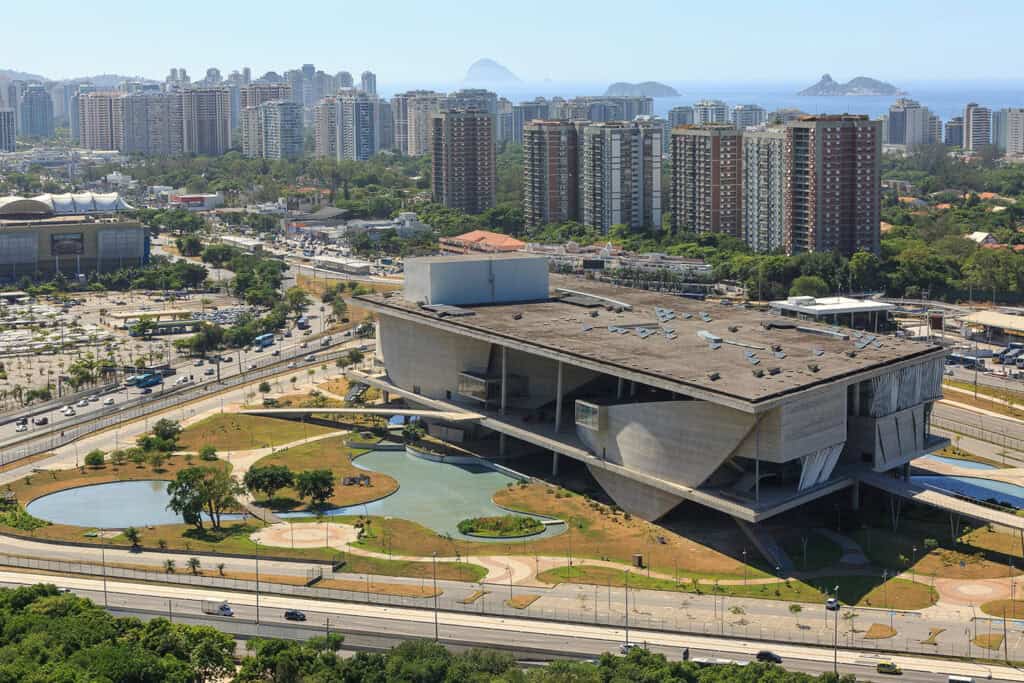
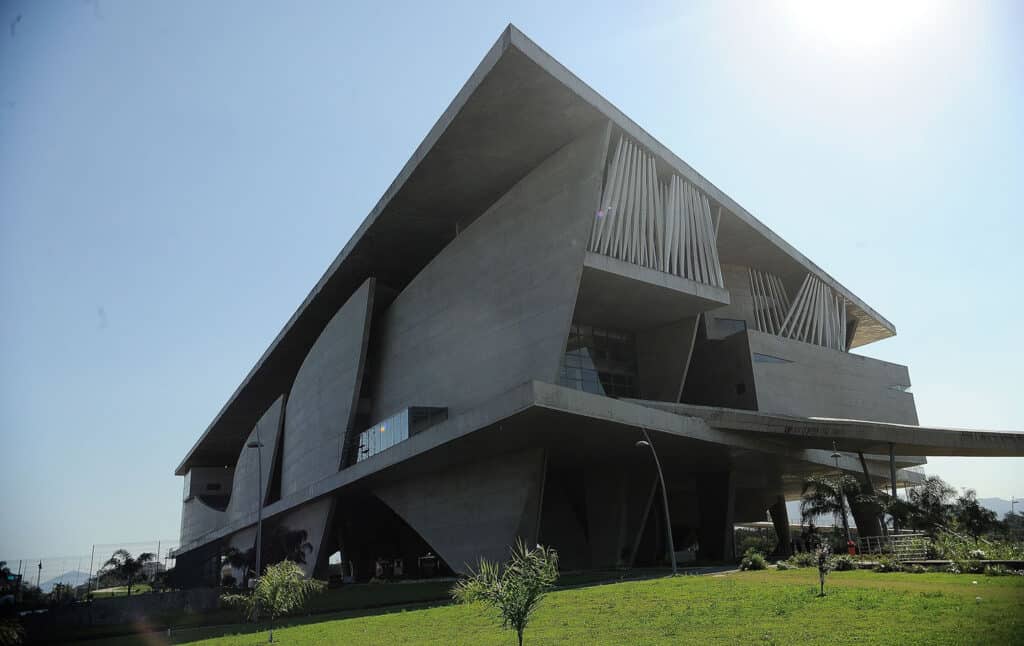
Another example of sustainable architecture in Brazil is the Cidade das Artes in Rio de Janeiro. Designed by architect Christian de Portzamparc, the cultural center features a number of sustainable features, including a green roof, natural ventilation, and the use of recycled materials.
Architectural Heritage Conservation
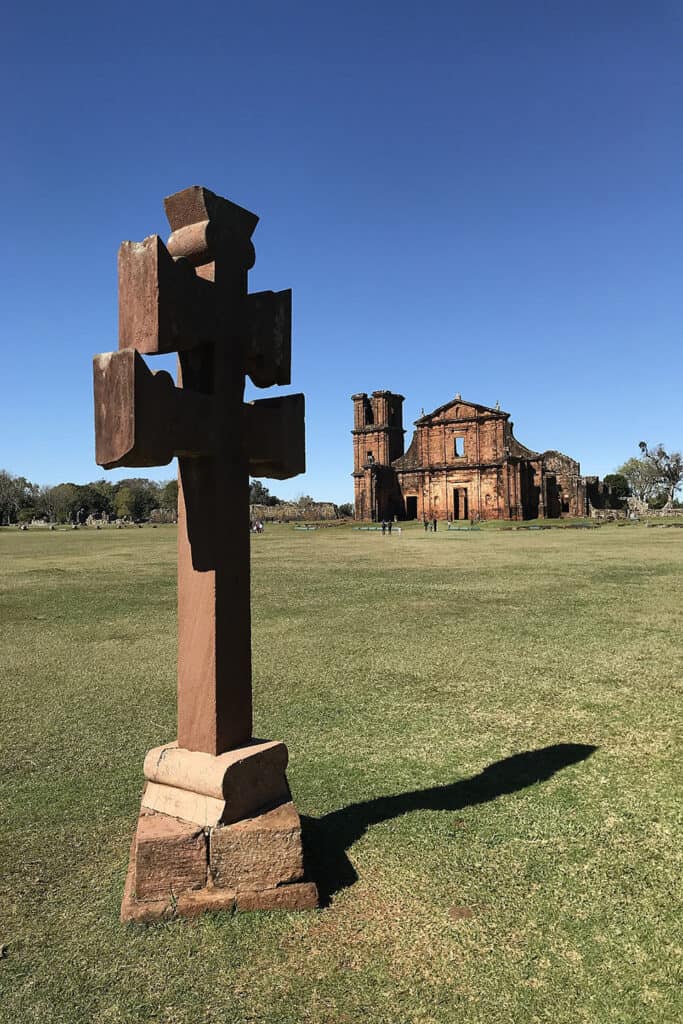
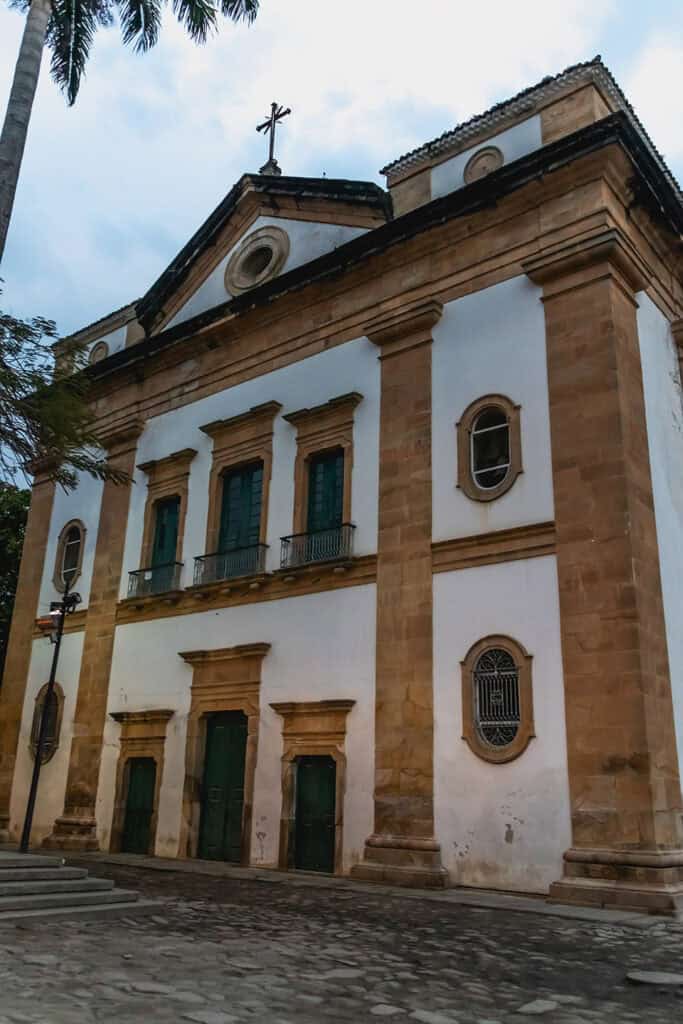
Brazil has a rich cultural and artistic heritage that is reflected in its architecture. The country has a long history of preserving its historical buildings and landmarks. The conservation of architectural heritage is an important aspect of Brazil’s cultural policy. The government, in collaboration with private organizations, has taken several initiatives to preserve the country’s architectural heritage.
13. Paraty Historic Centre
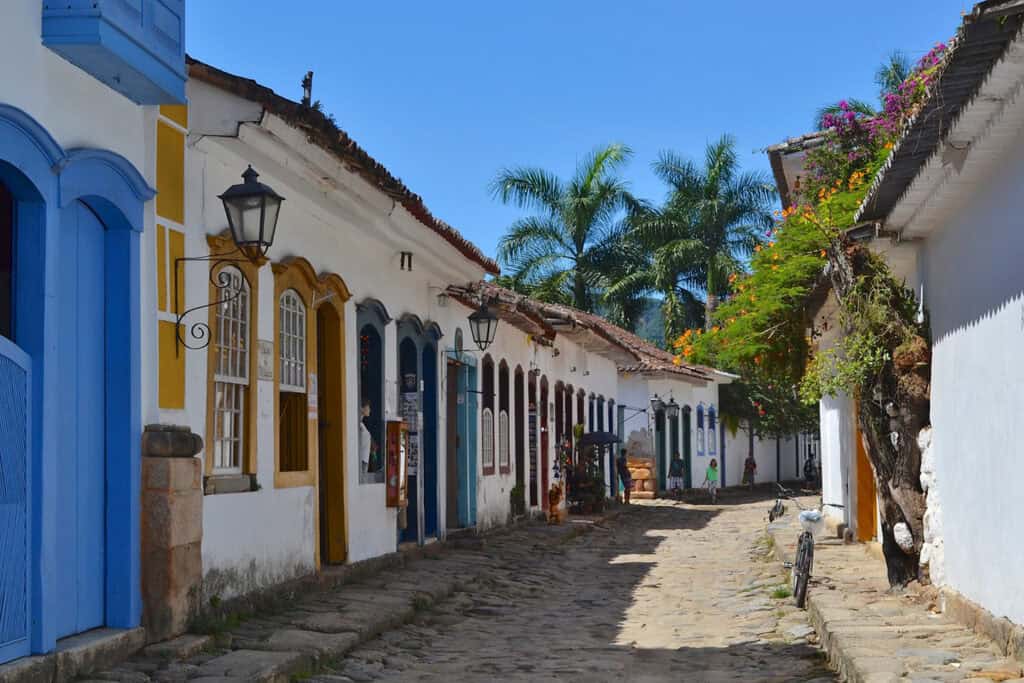
One of the most well-preserved historical sites in Brazil is the Paraty Historic Centre. This colonial-era town is located on the coast of Rio de Janeiro state and is recognized as a UNESCO World Heritage Site. The town is known for its well-preserved houses and ancient bridges that reflect the influence of European styles brought by Portuguese settlers. The town’s baroque-style churches and civic buildings are also an attraction for visitors.
14. São Miguel das Missões
.

Another UNESCO World Heritage Site is São Miguel das Missões, a former Jesuit mission in the southern state of Rio Grande do Sul. The site is home to the ruins of a 17th-century church and other sacred and secular buildings. The site is significant for its historical and cultural significance and is an example of the fusion of European and indigenous cultures. The site is also known for its contemporary art exhibitions and cultural events.
Brazil’s architectural heritage is an important part of its cultural center, and the government and private organizations are committed to preserving it. The country’s historic sites and contemporary architecture showcase a range of styles and influences, from Baroque and colonial architecture to Brazilian modernism and contemporary architecture.
See Also Famous Buildings in Portugal
Brazil’s architectural heritage is a vibrant tapestry woven with influences from its indigenous roots, colonial past, and modern innovations. From the intricate Baroque churches of Salvador to the daring curves of Niemeyer’s modernist masterpieces, each structure reflects Brazil’s diverse cultural fabric and creative dynamism. Exploring these iconic buildings not only reveals the country’s rich history but also inspires awe at the ingenuity and vision of its architects. Whether you’re drawn to the historic charm of Olinda or the futuristic allure of Rio’s Museum of Tomorrow, Brazil offers a journey through architectural marvels that resonate with both tradition and innovation.










